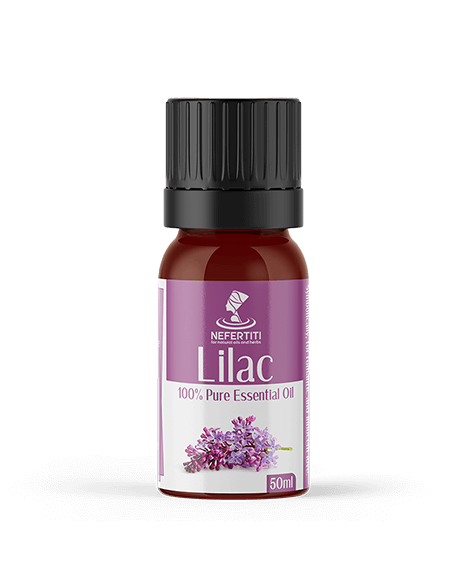

RE: pressure / viscosity relationship subsearobot (Mechanical) But then again you only asked for some approximations so I hope these will do. Sorry – these numbers are good enough for mineral oil but your synthetic fluid might be different. The manufacturer's datasheet will give you the density at 15☌ so, again for mineral oil, decrease the density by 0.7kg/m³ for every one degree above 15☌ and increase the density by 0.7kg/m³ for every degree below 15☌. Getting even more detailed now: the density is dependent on the temperature because of the expansion of the oil as it warms (and contraction as it cools). The density figures from the manufacturer will be at atmospheric pressure, so if your fluid was 880kg/m³ at atmospheric pressure then it will be about 930kg/m³ at 12000 psi (828 bar). For mineral oil a good enough approximation is to add 21 kg/m³ per 350 bar increase in absolute pressure (this is roughly linear at the sort of pressures under consideration). The density of a mineral oil increases with absolute pressure – it's an effect related to the compressibility of the fluid and its bulk modulus. If you are concerned about pressure drops through pipes and filters then the density is also a consideration. Having an understanding of the effect also helps explain to outside observers why the subsea equipment behaves differently at depth when it all seemed so perfect on the deck. But as long as you make some recognition of the viscosity increase in your circuit design you will be OK. I've always found that it is wrong to completely ignore the viscosity increase at depth because it affects the pressure drops across the filters and through the small tubes and hoses. So the worst case figures are for 12000 psi (828 bar):įor your grade 7 fluid. A formula you could use would be: new viscosity = old viscosity x 2^(new pressure ÷ 350). By this I mean if you had grade 15 oil at atmospheric pressure and then raised this to 700 bar, is the viscosity an increase of 15 cSt for each 350 bar rise (giving you 45 cSt) or does the viscosity double for the first 350 bar rise and then double again for the next 350 bar rise (giving you 60 cSt)? At your depths the difference is marginal but you could play safe and assume the worst case. It's also debatable whether or not this should be a linear or exponential relationship. There's no point in worrying about too much accuracy because the extreme temperature variations cause a greater change of viscosity anyway. The fluid film will be thinner and there be contact between the microscopic peaks on the two surfaces at any particular load.įor a quick and dirty approximation assume you can assume that the viscosity of a MINERAL OIL doubles for every 350 bar increase in absolute pressure. The "damage" to the fluid caused by the water ingress means that the viscosity doesn't rise to the same level in the film of oil between the balls/rollers and the race. Water does not have the same property – which is why even a small amount of water in a mineral oil system has such a marked effect on the service life of rolling element bearings. Mineral oils exhibit this property and that's one of the things that makes mineral oil suitable for use as a lubricant. I know you said yours is a synthetic fluid and the particular chemistry will have a bearing (no pun intended) on the final result, but if the stuff is designed to have any form of lubricating properties then the viscosity will almost certainly increase with pressure. With subsea systems, however, you can't ignore it with impunity – no-one else has a "drain" line at 9000 psi. I suppose we often get away with it because those lines most sensitive to pressure drops (suction lines and drain lines) are usually only ever at low pressures. It is common for hydraulic systems designers to completely ignore the viscosity increase that comes about because of an increase in pressure even though changes in viscosity make a huge difference to pressure drops through valves, pipes and filters.


 0 kommentar(er)
0 kommentar(er)
